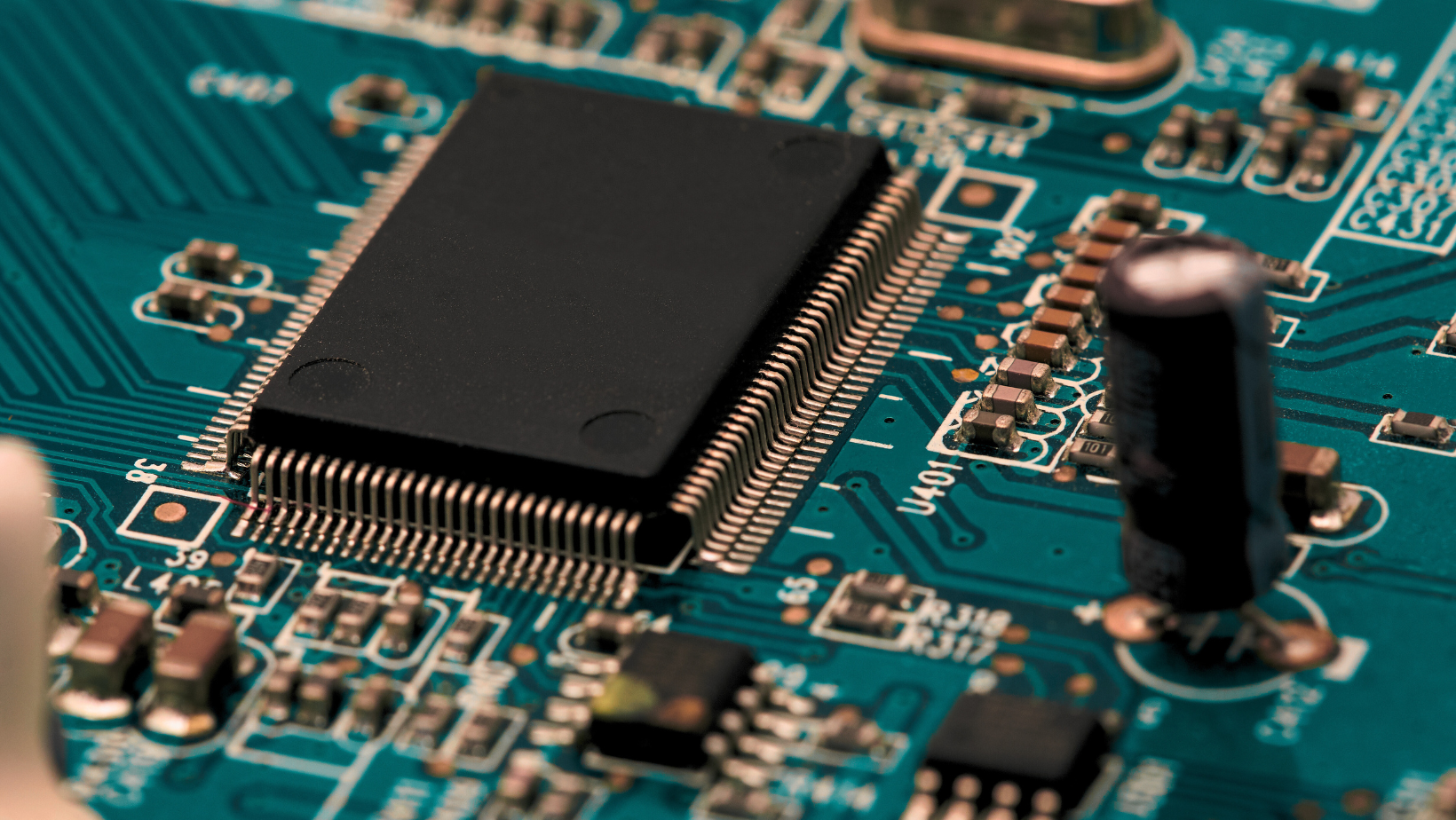Field Programmable Gate Arrays (FPGAs) are leading the way, in hardware design offering flexibility and customization. These versatile devices are transforming the electronics field empowering developers to create tailored solutions for applications. In the world of FPGA boards they play a role in enabling developers to harness the potential of FPGAs across different industries and use cases.
They are circuits that can be customized to execute specific tasks making them well suited for various applications. Unlike fixed function integrated circuits FPGAs can be. Reprogrammed to meet evolving needs making them highly adaptable and cost effective solutions, for numerous industries.
Exploring FPGA Board Architecture
At the core of each FPGA lies an architecture that facilitates the implementation of digital designs. FPGAs comprise an array of logic blocks interconnected through a routing fabric. These logic blocks, known as Logic Blocks (CLBs) house Look Up Tables (LUTs) for executing logic and flip flops for retaining sequential logic. The routing fabric allows designers to set up connections between these logic blocks making it possible to realize circuits.
In addition, to CLBs and routing fabric FPGAs also include components
Input/Output Blocks: These blocks enable connections with devices offering GPIO pins, memory interfaces and communication interfaces like UART, SPI and I2C.
Clock Management: FPGAs come equipped with resources dedicated to generating, distributing and managing clock signals for synchronous digital designs.
Memory Blocks: Certain FPGAs feature memory blocks such as Block RAM (BRAM) and Distributed RAM for data storage within the FPGA.
Features and Benefits of FPGA Boards
FPGA boards boast distinctive features that differentiate them from other hardware development platforms.
Flexibility: The primary advantage of FPGA boards lies in their flexibility. Unlike Application Specific Integrated Circuits (ASICs) those are fixed fabrication FPGAs can be reprogrammed to execute various logic functions facilitating quick prototyping and iterations.
Parallelism: FPGAs excel in processing tasks for high computational throughput requirements. By distributing computations, across logic blocks FPGAs can perform calculations concurrently.
Customization: FPGA boards offer the possibility of customization tailored to meet application requirements.
Cost Effective: In comparison, to ASICs that need mask sets for production FPGA boards provide a solution for small to medium production batches. Moreover, the reprogrammable nature of FPGAs helps in reducing design iteration and update expenses.
Designers can select the FPGA chip that best fits their requirements and tailor the board components to enhance performance and functionality.
Various Uses of FPGA Boards
The adaptability and versatility of FPGA boards make them suitable for many applications including:
Digital Signal Processing (DSP): FPGAs are utilized for implementing DSP algorithms in areas like audio processing, image processing and telecommunications.
Embedded Systems: FPGAs act as a processing unit in embedded systems offering flexibility and customization options for applications such as automotive, industrial automation and IoT.
High Performance Computing: The parallel processing capabilities of FPGAs are increasingly being employed in high performance computing tasks like machine learning and scientific computing.
Networking; FPGAs find application in networking devices like routers and switches to deploy custom protocols and accelerate packet processing thereby enhancing network performance overall.
Conclusion
In conclusion, Field Programmable Gate Arrays (FPGAs) stand at the forefront of hardware design, offering unmatched flexibility and customization. Within the realm of FPGA boards, these devices empower developers to harness FPGA capabilities across a diverse range of applications.
Exploring the architecture of FPGA boards reveals a sophisticated design, with logic blocks (CLBs) housing Look Up Tables (LUTs) and flip flops interconnected through a routing fabric. Additionally, FPGA boards include Input/Output Blocks for interfacing with external devices, Clock Management resources for synchronous designs, and Memory Blocks for data storage within the FPGA.
The features and benefits of FPGA boards are compelling. Their flexibility allows for quick prototyping and iterations, while parallel processing capabilities enable high computational throughput. Customization options cater to specific application needs, and cost-effectiveness makes them suitable for small to medium production batches. Designers can select the FPGA chip and tailor board components to enhance performance and functionality.
FPGA boards find applications in various fields, including Digital Signal Processing (DSP), embedded systems, high-performance computing, and networking. Their adaptability and versatility make them a preferred choice for implementing DSP algorithms, serving as processing units in embedded systems, powering high-performance computing tasks, and enhancing network performance in networking devices.





























